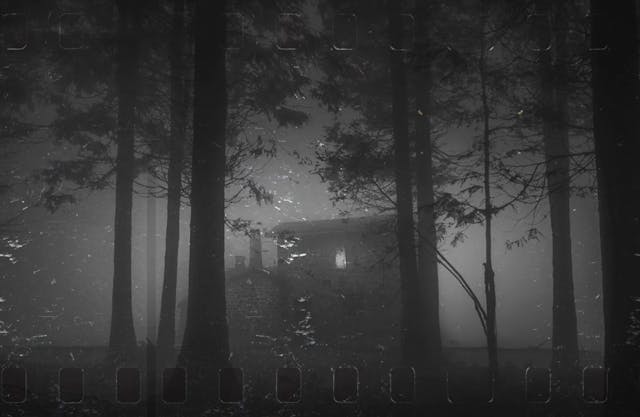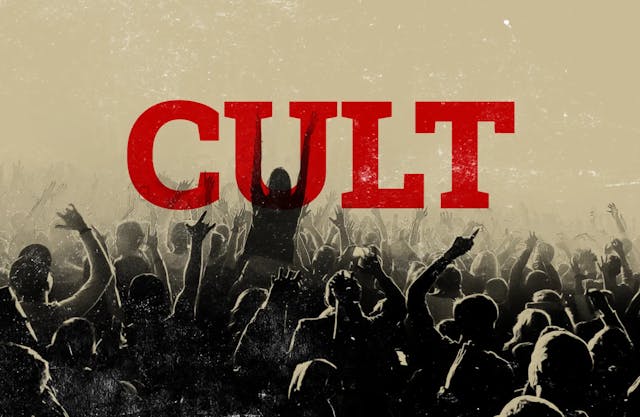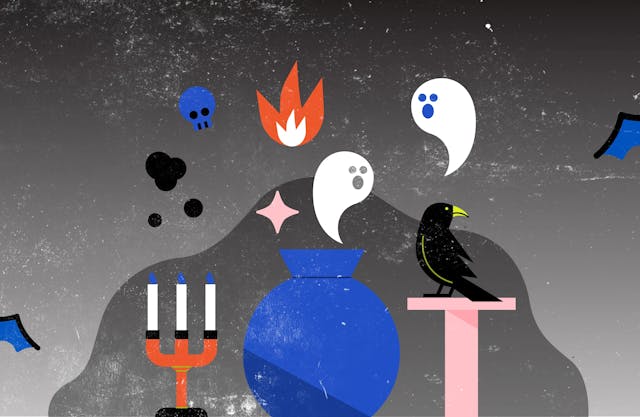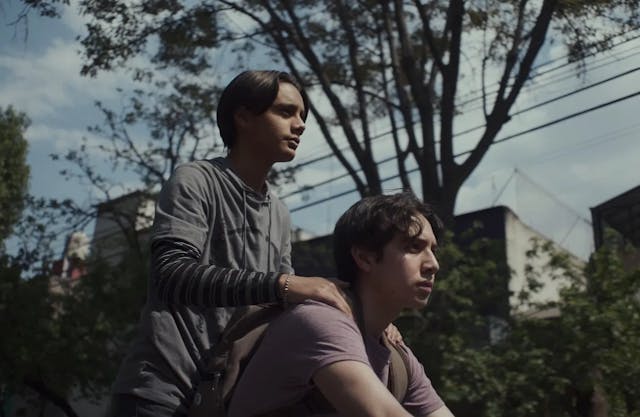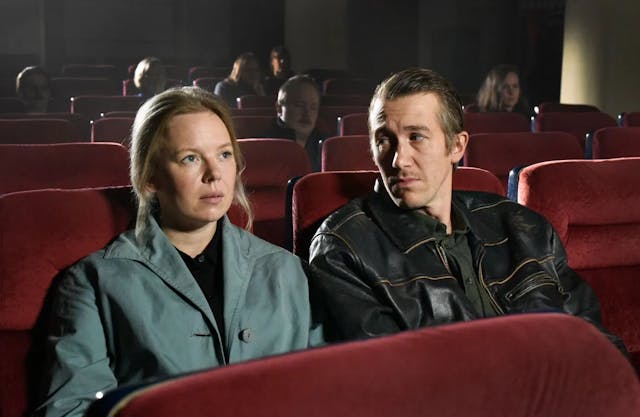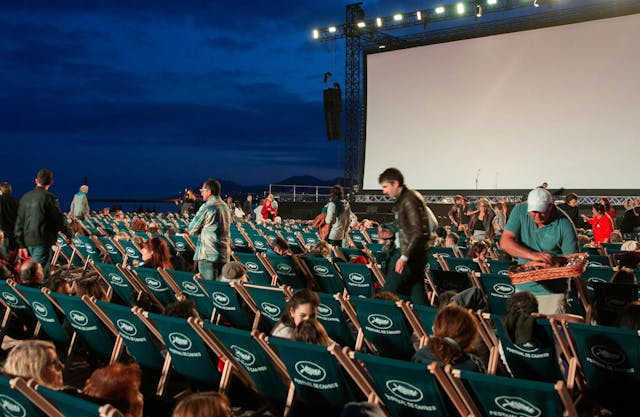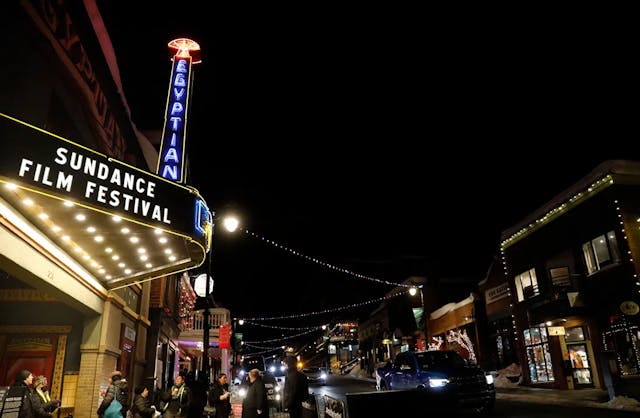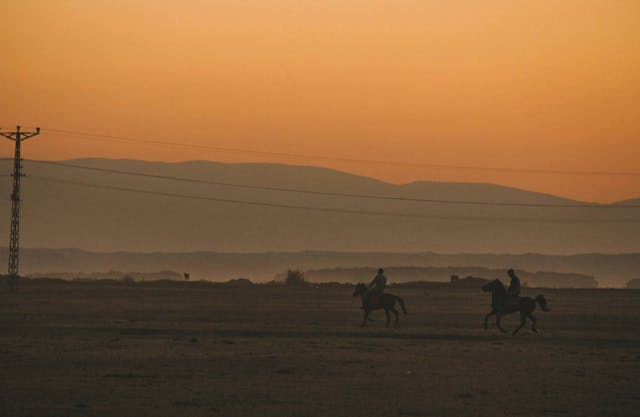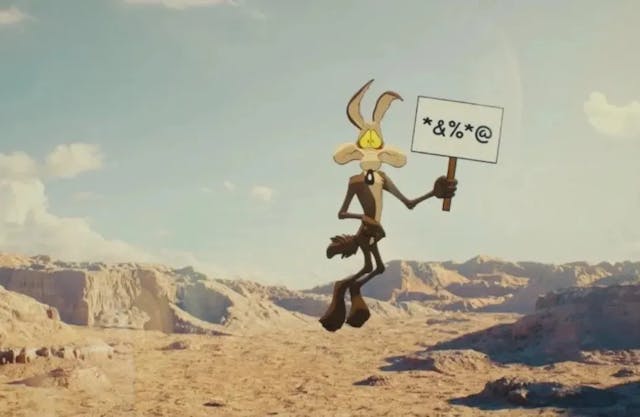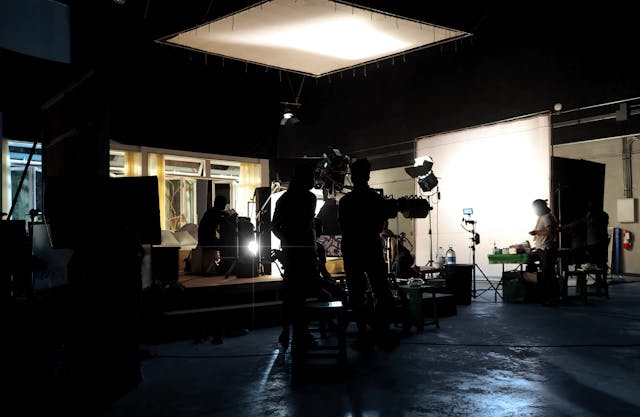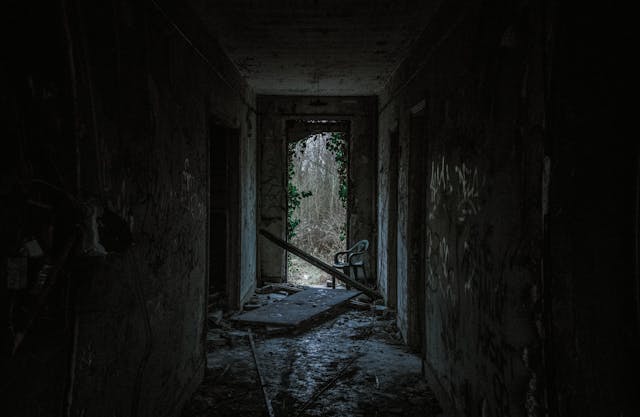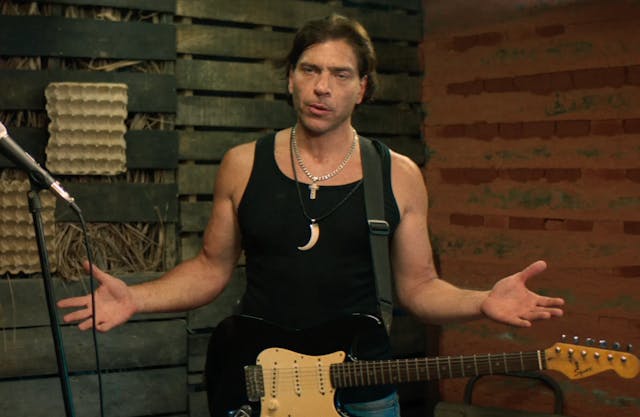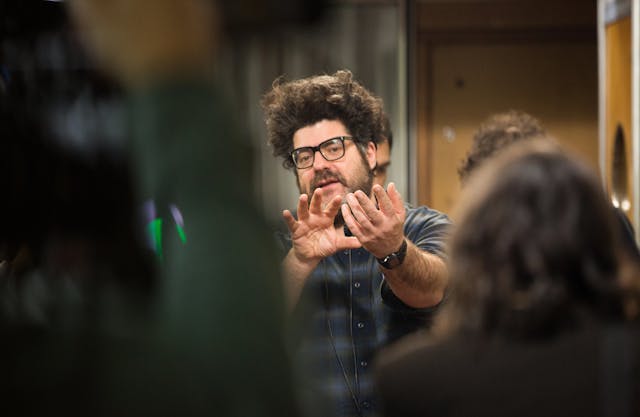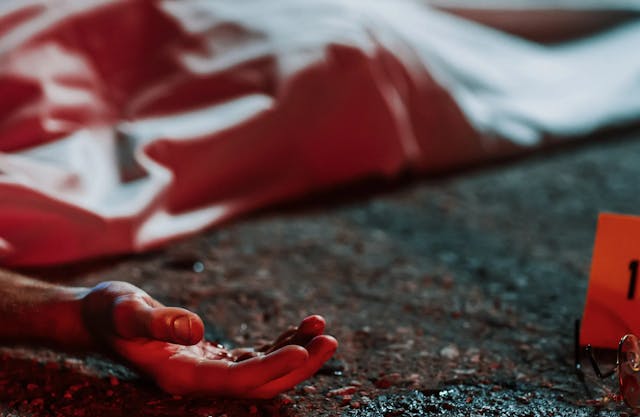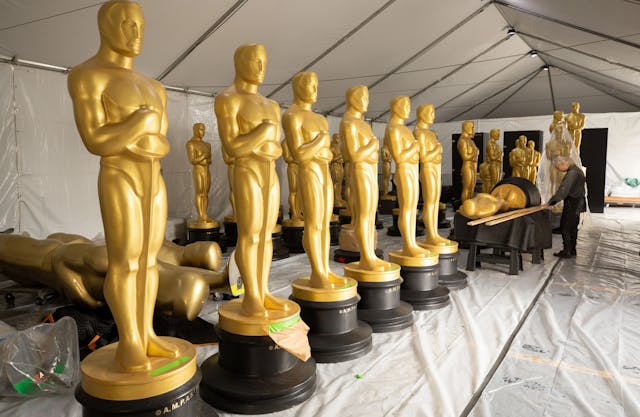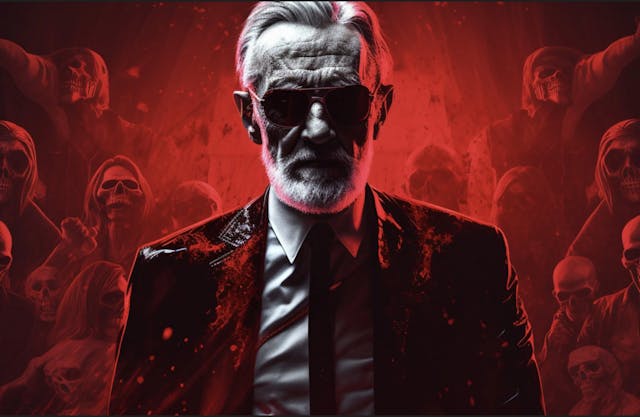"Messiah of Evil": An Unsung Classic of Indie Horror Movies
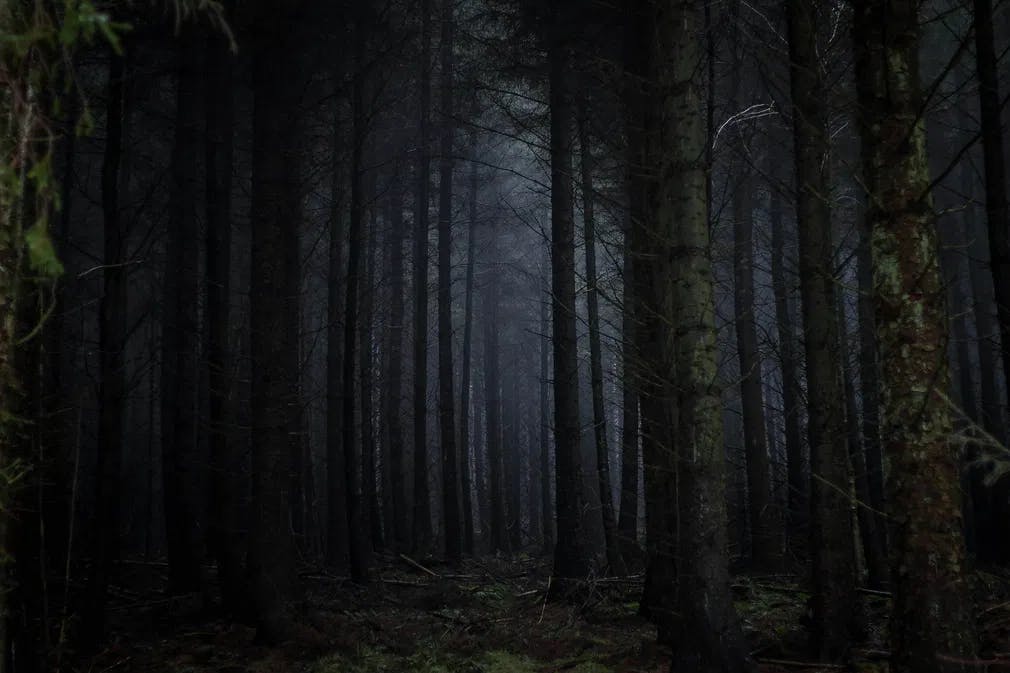
"Messiah of Evil" is an unsung American classic indie horror movie that should be considered in the same breath as "Night of the Living Dead" (1968), George Romero's legendary precursor to zombie apocalypse dramas. Part of the problem is practical. It wasn't easy to see it. A critical reappraisal is going at full steam thanks to a home video edition by the Radiance label.
Things begin in media res as a desperate man runs away from unseen pursuers. He finds refuge in a house backyard, under the watchful eyes of a sad teen girl. He collapses, exhausted, poolside. As he tries to catch his breath, the girl produces a straight razor and cuts his throat without saying a word. The poor guy did not have a chance. It’s a creepy harbinger of the mayhem to come.
Enter Our Final Girl
The vignette makes way for a clunky narrative device that frames the plot like a remembrance. A female voice, belonging to a woman secluded in an asylum for the insane, relates her misadventure in the town of Point Meridian - we must assume the killing of the man happened there -. Her name is Arletty (Marianna Hill). The extended flashback that comprises most of the running time begins with her driving alone at night on a desolated rural road. She is traveling to the small town to search for her retired father. He seemed to disappear after a string of increasingly alarming letters.
Arletty stops at a gas station to fill the tank. A creepy albino man driving a pickup truck stops, too. The gas station attendant sneaks a peak at his cargo, hidden under a blanket: two corpses, one of which is the man killed in the prologue. It’s enough to mark the hapless peeping tom for an untimely demise. The girl follows her path toward her doom.
She finds her father’s home, a curious beachside haunt that, by the exterior, might remind you of a lighthouse. The interior is a marvel of ‘70s design, peppered with colorful art pieces that hint at plot mechanics and the alienation of capitalism. The walls are covered by murals that remind you of a mall or an executive office building. Plants and taxidermy-preserved animals hint at life in suspension or death as a simulacrum. The place doubles as an art studio - Arletty’s father is a painter - with dark floors stained by paint and a life-sized human head model, gruesomely revealing the muscles under the skin. A platform bed is also suspended from the ceiling by chains, dominating the room. Groovy!
A Town Fit for the Devil
The next morning, Arletty goes into town like a peppy Nancy Drew, asking anyone she can about her dad, but no one seems to remember him. She crosses paths with a louche trio headed by Thom (Michael Greer), an art-obsessed playboy. His model girlfriend Laura (Anitra Ford) and teen drifter Toni (Joy Bang) accompany him. When our heroine stumbles upon their motel room, they are interviewing Charlie (Elisha Cook Jr.), a homeless man who rambles about a red moon and how it marks the second coming of a dark prophet.
Cook was a busy character actor from Hollywood’s golden age. He performed peerless supporting roles in classics like “The Big Sleep” (Howard Hawks, 1946), “The Killing” (Stanley Kubrick, 1959), and “Rosemary’s Baby” (Roman Polanski, 1968). By the early seventies, he was in the career phase of stars past their prime, giving some credibility to rogue low budget movies. He is the best actor in the cast of “Messiah of Evil.” Still, far from putting the others to shame, he gives credibility to the fantastic premise - his ramblings hint at the key of the mystery, later explained by ever-necessary explanatory dialogues. There is something to be said by the acting, which might feel rough and mannered if your point of reference is Oscar-winning histrionics, method, or naturalism. Standard “good” acting would not jibe with the atmosphere, the feel of the movie, and its manifest insanity. It needs to be “off.”
Counter-Culture Libertines in Danger
Soon, Arletty and the trio end up shacking up in Dad’s studio. You might feel the heavy vibes of a love-in, but the otherworldly affairs taking place around them disrupt any possibility of sexy shenanigans. It’s not a spoiler to reveal that “Messiah of Evil” depends on the arrival of an anti-Christ figure who turns people into flesh-eating ghouls. It’s right there in the title! The means of contagion are unclear, but at least we know crying blood tears is a symptom of infestation.
Why and how the ghouls decide whether you are worthy of joining the gang or turned into a meal is never quite explained, but narrative rules of cause and effect can fall by the wayside. The logic of nightmares rules the movie. Beautifully creepy set pieces dispatch characters in settings that convey capitalistic consumption and escapism: a girl finds a bloody end in the over-lit aisles of Ralph's supermarket, like just another piece of meat for sale. Another character goes to the movies and has the worst theatrical experience ever. It is a terrifying, beautiful scene and probably the film's highest point. Thom faces down a marauding group of fiends in a deserted Main Street filled with the ghostly neon signs of otherwise closed shops.
Even art offers no refuge from evil. Arletty, named after the French actress better known for the classic "Children of Paradise" (Marcel Carné, 1945), faces her destiny in her father's studio. The tools of a painter's trade become weapons of sorts. Monstruous, humanoid shapes in the murals observe the proceedings with indifference. You can see how the constraints of a low budget film production prevent the filmmaker from conveying the apocalyptic implications of the plot with contingency. Still, there is no reason why "Messiah of Evil" should not be considered a classic of indie horror in the vein of "Carnival of Souls" (Herk Harvey, 1962). It's not by chance that the corrupted folks look like the specters haunting the heroine of that movie, also available to watch on Popflick.
Hollywood Connection
You would be surprised to know directors Willard Huck and Gloria Katz were screenwriters on the cusp of Hollywood success. The same year “Messiah of Evil” premiered, they were Oscar-nominated for “American Graffiti” (1974), which heralded a long and fruitful collaboration with George Lucas. Besides that classic of Americana nostalgia, they wrote the Lucas-produced “Indiana Jones and The Temple of Doom” (Steven Spielberg, 1984) and his directorial efforts “Howard The Duck” (1986) and “Radioland Murders” (1994).
“Messiah of Evil” is also one of the first works by production designer Jack Fisk, who went on to work with Terrence Malick, David Lynch, and Paul Thomas Anderson. His latest project was Martin Scorsese’s “Killers of The Flower Moon.”
Want to get an email when we publish new content?
Subscribe today